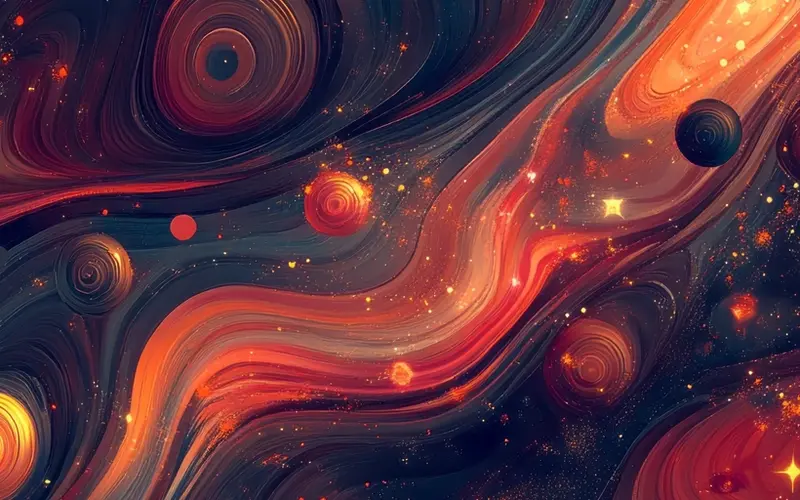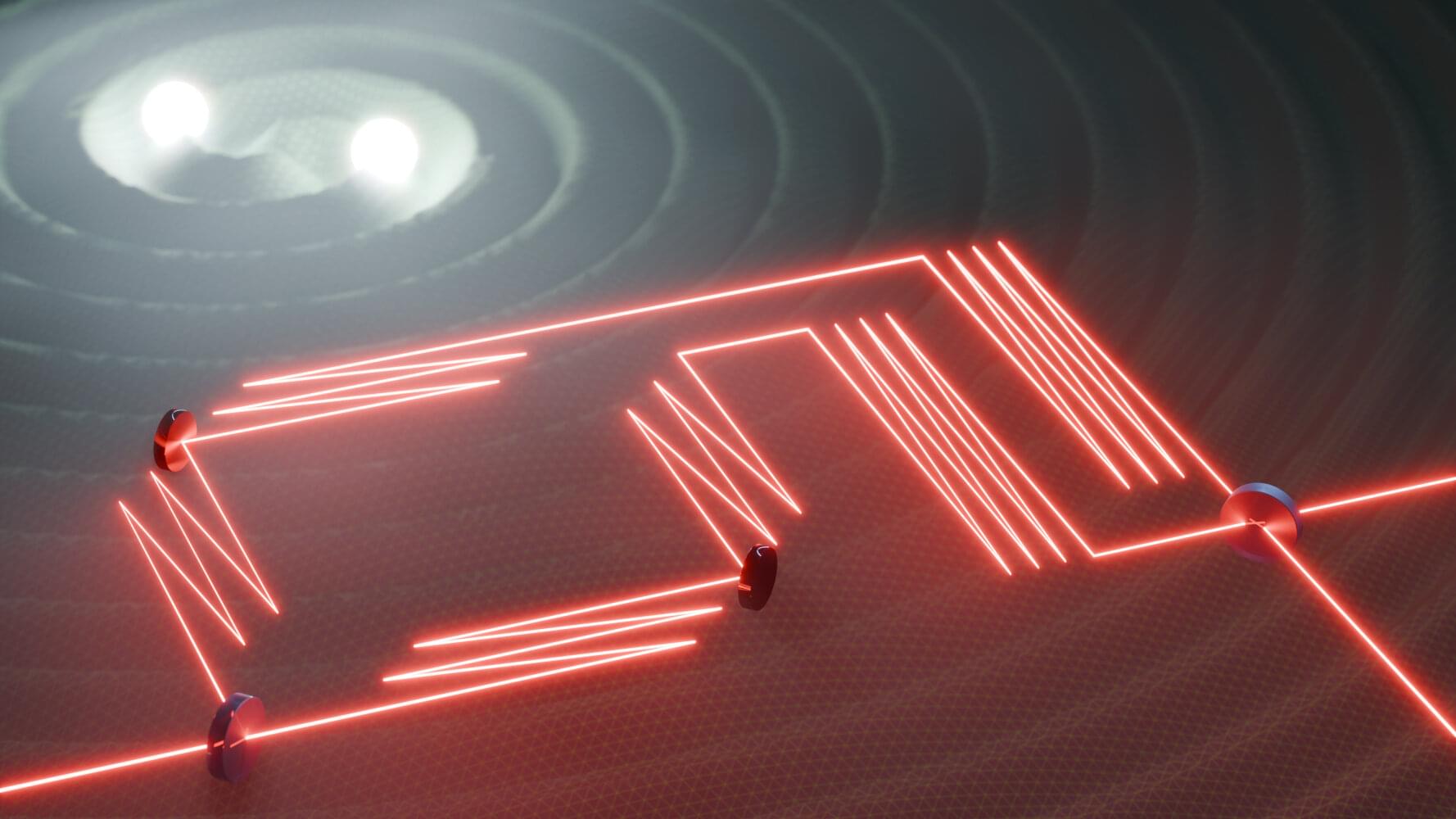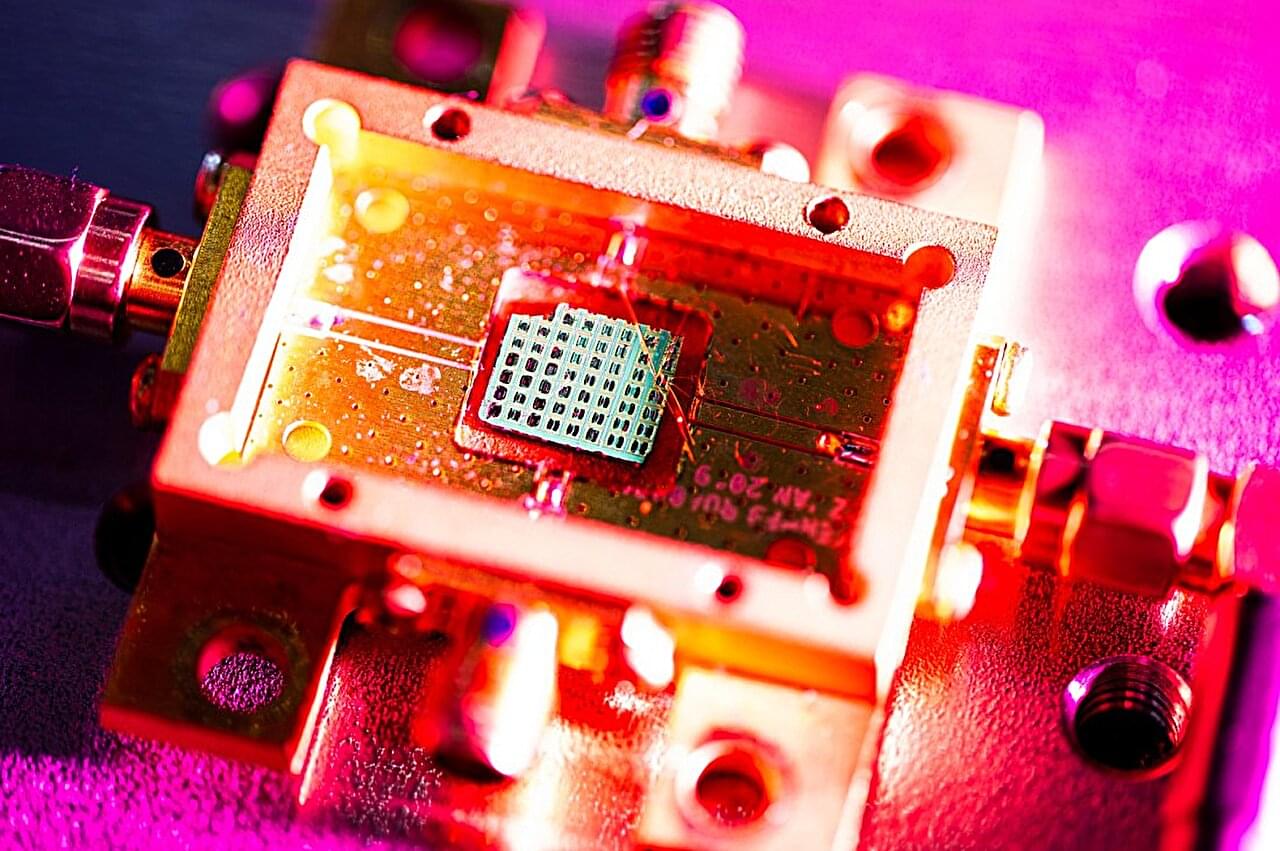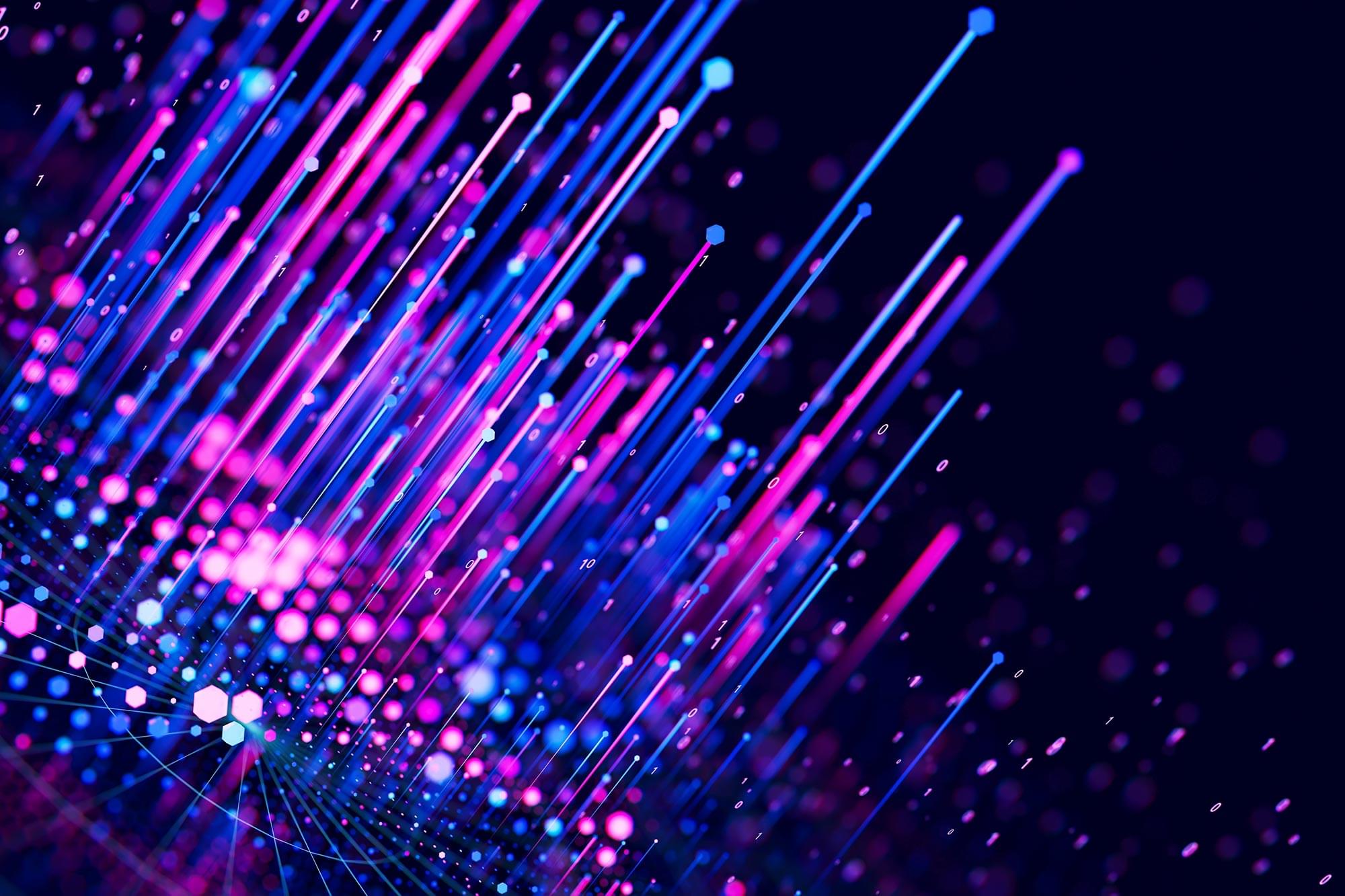A radical new interpretation of quantum mechanics is offered here. Professor of Quantum Information Science at the University of Oxford, Vlatko Vedral, argues that everything in the universe is a quantum wave. The difficulty of uniting the classical world and the quantum world is overcome; everything is quantum, and the quantum gives rise to the classical. His theory also overcomes the measurement problem, the observer problem, and the problem of quantum entanglement (spooky action at a distance). Poof goes the classical world!
There are, I believe, two main reasons why physics seems stuck at present. The last revolution was quantum mechanics and it began with Heisenberg’s famous paper exactly 100 years ago. And since then, not a single experiment has challenged the quantum description of reality. Not one. The first reason for this century-long absence of a new fundamental theory is that we simply haven’t had the appropriate experimental technology to probe regions where something could go wrong. This has now changed rapidly with the ongoing worldwide race to build a universal quantum computer. The technologies that go into this enterprise and that are being pursued by all the major industrial players are becoming sophisticated enough to test fundamental physics in a non-trivial way. However, there is a second reason for being stuck. It is the fact that we still haven’t agreed on the way to understand quantum mechanics. It is for this reason that I’d like to offer my own interpretation.







